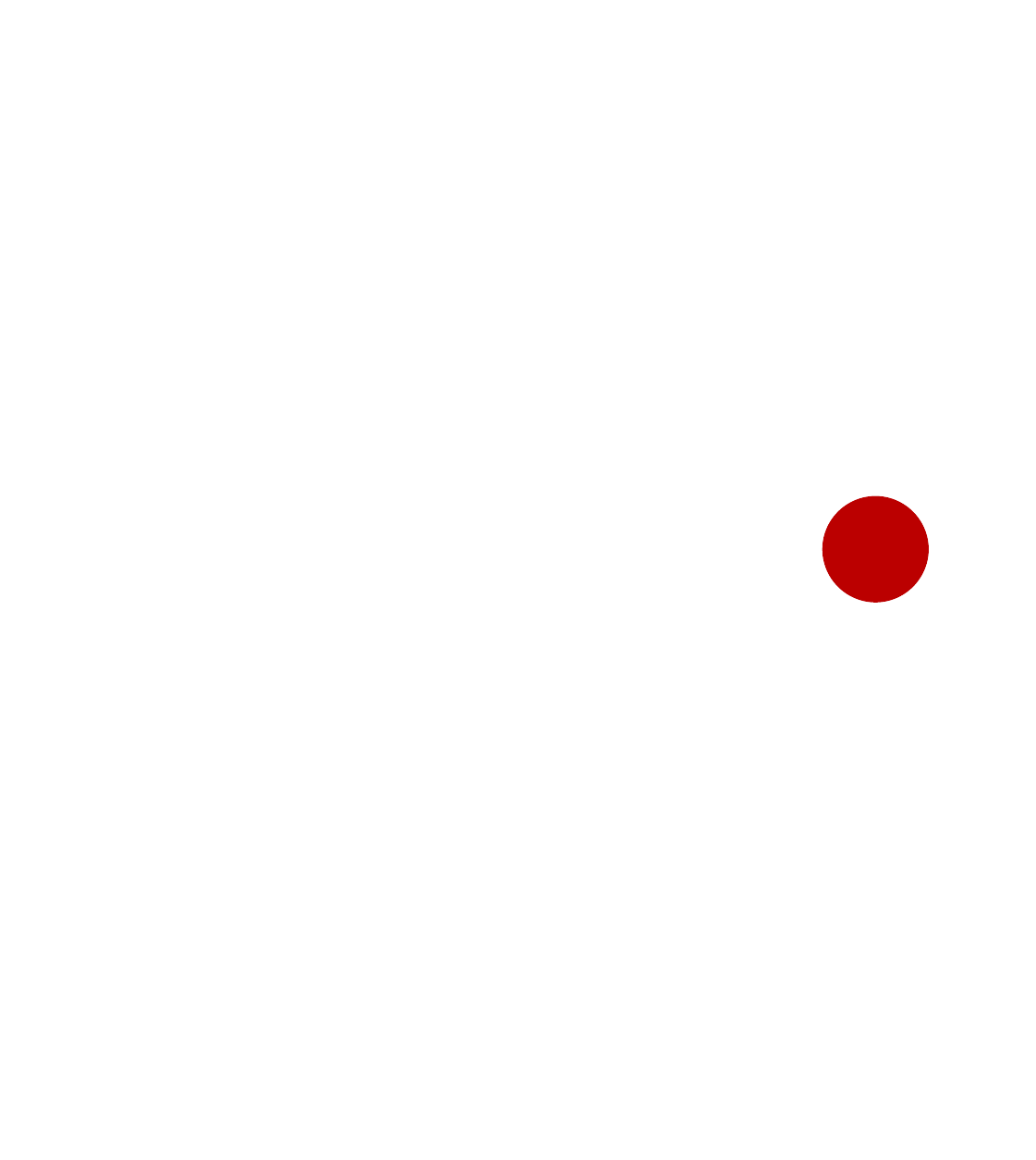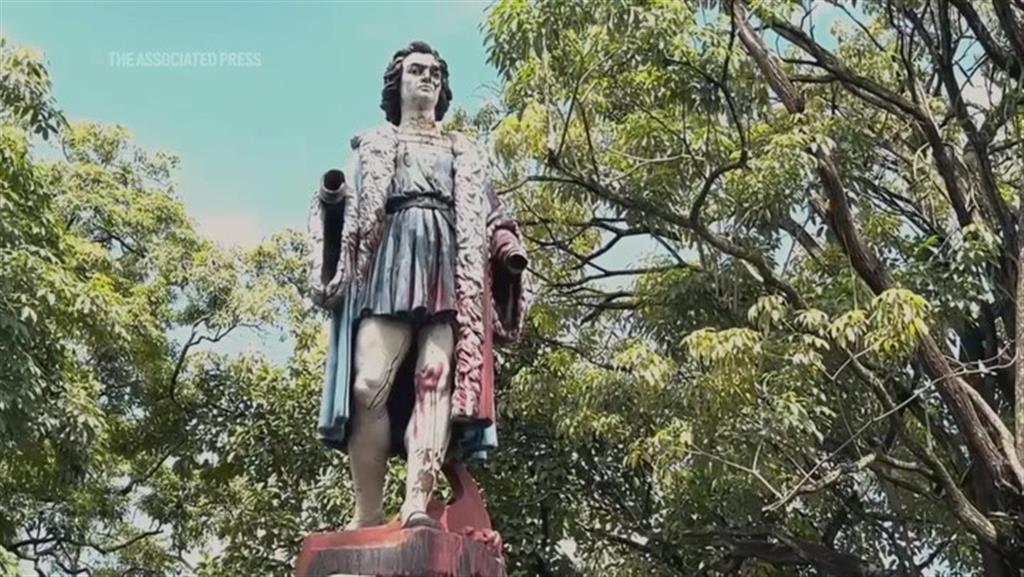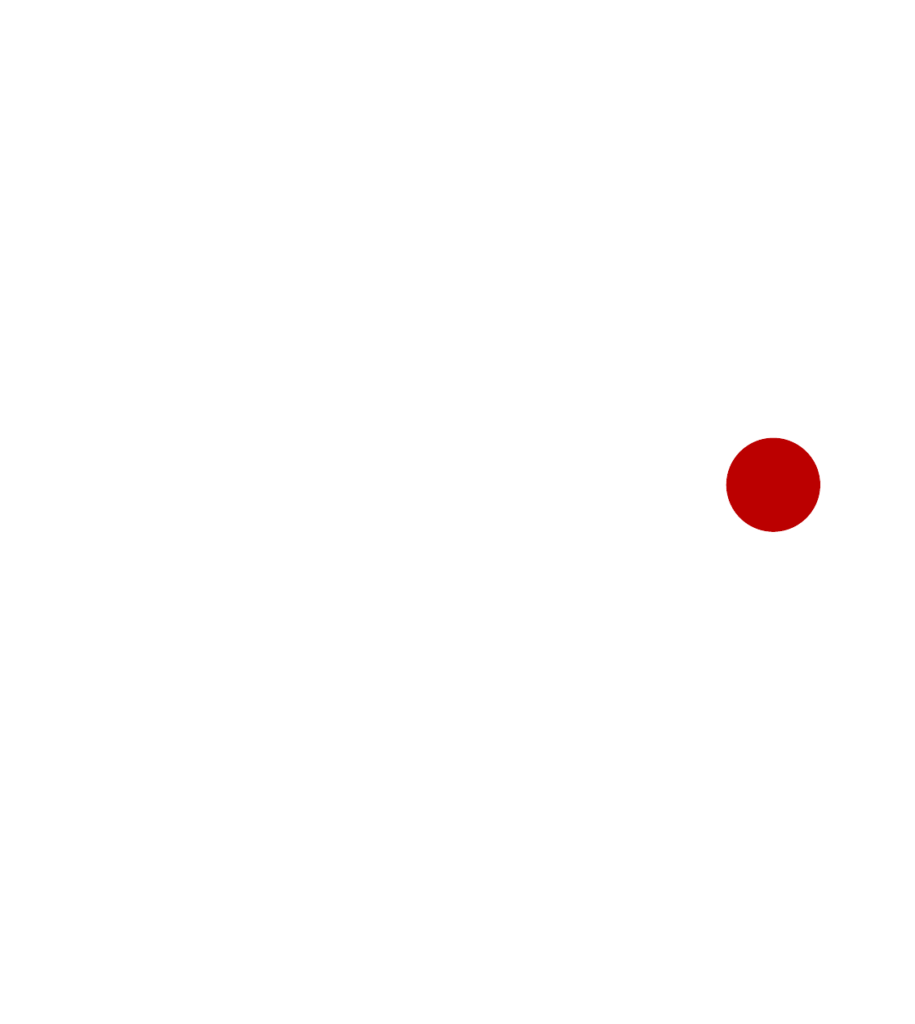A sizable crowd turned out at the Government Campus Plaza to share their views and suggestions. The committee is chaired by Rita Pemberton along with committee members Eastlyn McKenzie, Zaida Rajnauth, Lawrence Arjoon, Chief Ricardo Bharath-Hernandez and Kobe Sandy.
Roberta Bennett, a member of the Santa Rosa First People community, said while she supports the removal of the Christopher Columbus statue in Port of Spain, she believes it should be placed in the museum.
“We are saying this should not be an action in isolation, so we remove it and then what? Whether Columbus was famous, reputable or notorious, the sculpture is a work of art that must be preserved and as such we are stating that it should be placed in a museum,” she said.
She added: “However, there must be a description of who he was and the impact of his encounter on the New World, particularly what has happened here in Trinidad and Tobago.”
She questioned what would replace the statue and what name will be given to the square (Columbus Square) saying with the removal, would consideration be given for an indigenous monument.
“How would the removal of the statue of Columbus improve the lives of the First Peoples?” she asked.
Another attendee Shania James said the existence of the Christopher Columbus statue “is disrespectful to those who were the victims of him, it is a shame that his gloried statue still stands tall in our country due to his influence. The First People suffered tremendously … by the persecution of Columbus and his subordinates in pursuit of greed and control. That is why having a statue that stands in his honor on our island is disgraceful and blatantly disrespectful towards the First People.”
She added the push for the removal should not cease, agreeing the statue should be placed in a museum as it still forms part of history.
On the topic of policy, president of the Artists Coalition Rubadiri Victor said a heritage policy is required and a “heroes policy that identifies sites, spaces where we could erect whether it be heritage sites, monuments, different kinds of things, place names…it will work with the National Trust, it will be a committee with artists and scholars … that looks at how do we imprint those aspirational pathways, let us dream ourselves into the landscape properly.”
Representative of the non-profit Dada and Projects Rhoda Reddock raised concerns over continuity and sustainability in reference to national heroes.
“Things tend to be very partisan and sometimes when governments change, things disappear. I know, for example, under the National Alliance for Reconstruction government, some people were declared national heroes and then after that you never heard about them again; (political activist) Elma Francois, for example, was one of them,” she explained.
“So, how do we make this a truly national activity that everyone can feel part of, and then ensure our continuity and sustainability?” she asked.





